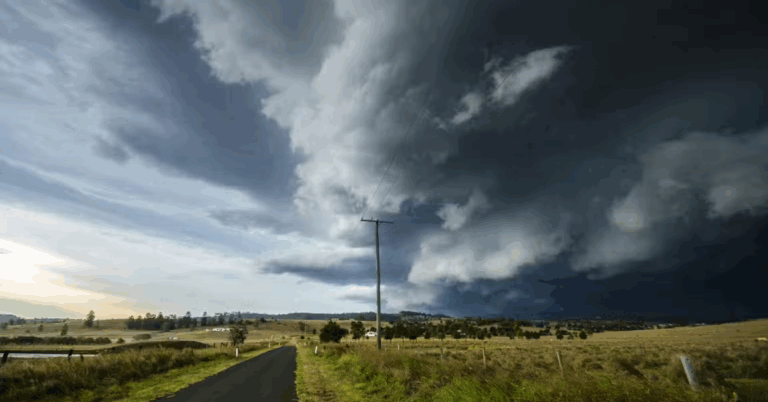
Residents of Little Elm, Texas, were recently surprised by an unusual weather event that looked like a tornado but was something quite different. A rare landspout was spotted twisting across the sky, drawing attention from locals and weather experts alike. Unlike the more commonly known tornadoes, landspouts are lesser-known but equally fascinating natural phenomena.
This striking event has sparked curiosity among weather enthusiasts, especially since landspouts are not as destructive as tornadoes and form under different atmospheric conditions. Understanding the difference between these two weather events helps in appreciating the unique dynamics of our environment.
What Exactly Is a Landspout?
A landspout is a type of tornado that typically forms in non-supercell thunderstorms. Unlike the traditional tornadoes that develop from rotating thunderstorms called supercells, landspouts develop due to the stretching of a small rotating column of air near the ground. These swirling funnels can spin rapidly but usually last for a shorter time and cover a smaller area than supercell tornadoes.
According to the National Weather Service, landspouts have weaker wind speeds and less organized rotation, which means they generally cause less damage compared to regular tornadoes. Still, they are fascinating to see and study because they reveal the complexities of atmospheric motions on a micro-scale.
How Did the Landspout Surprise Little Elm?
The day this rare landspout appeared, many residents initially thought it was a tornado because of its funnel shape reaching from the sky towards the ground. Videos and photos quickly made headlines and social media buzz, bringing attention to this stunning but less common spectacle. Thankfully, the landspout caused little to no damage, sparking relief among the community.
Weather experts explained that such events, although rare, do happen under very specific weather conditions, usually involving rapidly growing cumulus clouds and local wind shear variations. The surprise element comes from the fact that landspouts are not as easy to predict or detect using standard storm-tracking radar technologies.
Why Should We Care About Landspouts?
While landspouts are less dangerous than tornadoes, they are important for scientists studying storm formation and wind patterns. They offer insights into how air behaves at small scales and help improve weather prediction models. Understanding these events can also prepare communities better for sudden weather changes.
For younger readers and anyone interested in weather science, landspouts can be an exciting introduction to meteorology and the forces of nature. Witnessing or learning about rare events like the Little Elm landspout encourages curiosity about the environment and the science behind our planet’s weather.
How to Stay Safe During Unusual Weather Events
Even though landspouts are usually not as dangerous as tornadoes, it’s always wise to stay alert during any severe weather. Pay attention to weather updates from reliable sources such as the National Weather Service or trusted apps. If you ever see a funnel cloud or a waterspout, move indoors and stay away from windows.
Having a safety plan and emergency kit ready is also important, especially during stormy seasons. Understanding the signs of different weather phenomena helps you stay calm and make smart decisions to keep yourself and your family safe.
Conclusion: Nature’s Surprising Twists and Turns
The rare landspout that captivated Little Elm reminds us how powerful and unpredictable nature can be. Though it may look like a tornado, this unique weather event has different features and behavior. Learning about landspouts helps broaden our appreciation for the incredible forces shaping the skies above us.
Next time you hear about tornadoes or see swirling clouds, remember that there’s more than one way nature spins its stories. Stay curious, stay informed, and enjoy the fascinating world of weather science.









